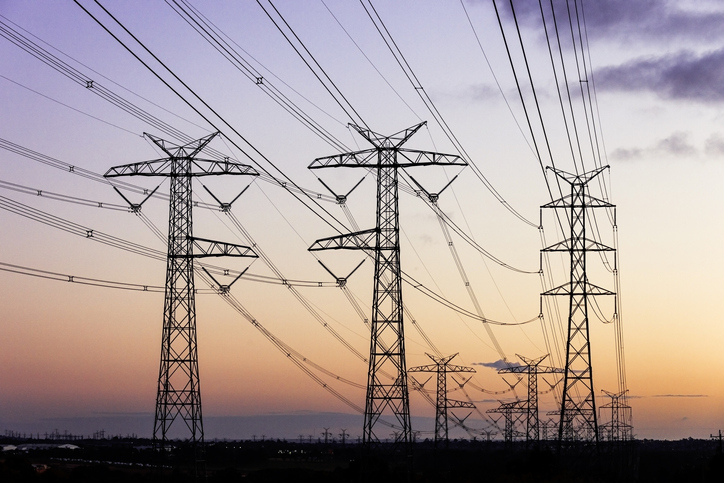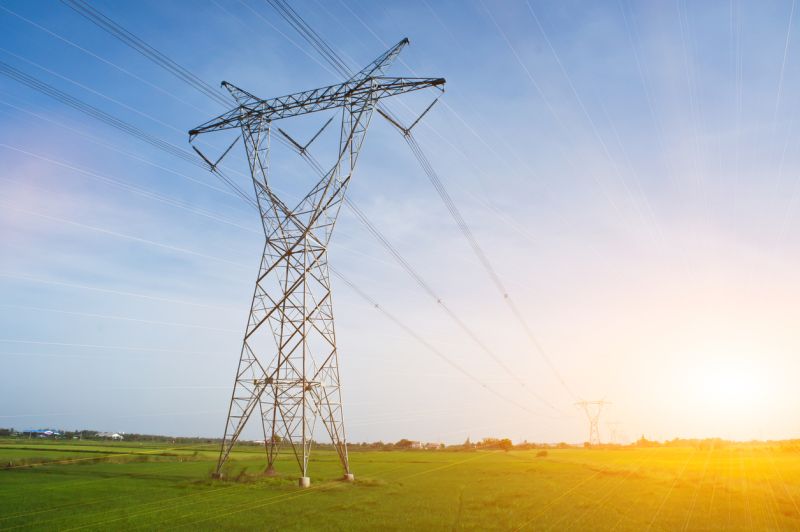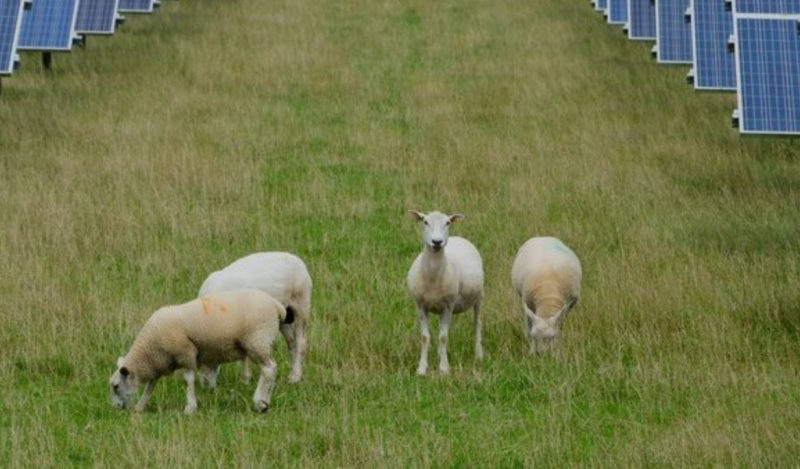Black-spot programs have been successful in identifying and improving trouble areas on our roads and in telecommunications, and a similar initiative for Australia’s transmission network could solve issues with generation curtailment, writes Luke Osborne, partner and director at Stride Renewables.
The transition to renewable energy means huge amounts of electricity will be generated in regional areas for transporting to cities. However, the same problem is being faced across Australia: trying to push out this energy via an inadequate high-voltage grid which, in many places, is curtailing existing generation, with proposed augmentation projects still years away.
It’s two steps forward, one step back. So, what are we going to do about it?
At present, state and federal governments are aiming to solve this with new transmission, built in Renewable Energy Zones (REZs) and elsewhere. This is backed by billions of dollars for building the huge pipeline of new generation needed during the coming decades.
This big transmission build is costly, but necessary, however there are other complementary actions we should be taking.
Quick wins to access significant existing capacity are right under our noses in what I call “forgotten REZs”: generation projects that have already been built but are severely curtailed.
The ANU’s Battery Storage and Grid Integration Program estimates that in 2022 more than 1TWh of energy was curtailed due to constraints across the National Electricity Market – roughly equivalent to five large renewable energy projects, or enough to supply every home in Canberra. The wholesale market value of lost energy is estimated at almost $1.5 billion.
A grid black-spot program could help access these forgotten REZs. Analogous to the successful federal Black Spot Program for road infrastructure, this program would solve smaller transmission problems via incremental upgrades, address the problems causing curtailment, and supplement the government’s big transmission builds.
There are many advantages to this approach: it’s quicker, less contentious and there is less risk for consumers in terms of project cost blowouts and construction delays.
Unlocking these forgotten REZs is very important for improving investor confidence in our renewable energy industry. A major share of the capital that is funding Australia’s energy transition is currently provided by investors. However, the risk of curtailment sends a chill through the market and undermines confidence in the sector, with the very real danger that capital may choose to invest elsewhere.
Simon Corbell, CEO and chair of the Clean Energy Investor Group, supports a proposed grid black-spot program.
“A small investment by governments would help get more clean energy to the market sooner, and would directly signal to investors that governments are taking all available steps to tackle grid congestion and alleviate curtailment conditions,” he says.
Many of the most severely curtailed projects were pioneers in their field, as were their investors, and the lack of transmission has derailed them.
A prime example is the 94T line between Orange and Molong, in NSW, dubbed the “Line of Losses”. Many solar farms operating here are badly curtailed by this 132kV network, including Banpu Energy Australia’s Manildra Solar Farm (46.7MWac) and Amp Energy’s Molong Solar Farm (30MWac), each of which lost 40 per cent of their potential generation in the 2021-2022 financial year.
“We are sitting on a source of cheap, clean electricity that is readily available, yet we cannot get it to consumers,” says Stijn Koppers, CEO, Banpu Energy Australia. “Unlocking these existing renewable projects should be a top priority.”
This problem will keep getting worse as renewable penetration rises, but very slow and costly greenfield powerlines are not always the answer. A grid black-spot program is part of the solution, with four main questions raised about the proposal.
The first is funding pathways and jurisdictions responsible for managing the program. There are already possible established funding pathways at national or state levels: Rewiring the Nation; Victoria’s Transmission Investment Framework and State Electricity Commission; the NSW Transmission Acceleration Facility; and CleanCo Queensland. A national grid black-spot program could unlock energy from these “forgotten REZs”.
Second is the method used to identify projects. The idea is the market should put forward projects to a body – for example, NSW’s Consumer Trustee or EnergyCo NSW – with the proposed projects ranked on clear selection criteria, such as price per unit of energy unlocked.
The third concern is where a grid black-spot program sits in the regulatory context. My answer is it should be used as an alternative, fast-track pathway to the regulatory investment test for transmission (RIT-T) process, which does not have the agility necessary for this problem.
The last question is what are we willing to pay to unlock energy from these forgotten REZs?
The best place to start is by calculating the cost we are paying (per MWh) for energy from a REZ. This figure should consider the market price for unlocking renewable energy, regardless of its source.
Using this, we can run a competitive tender for grid black-spot projects. We should be willing to pay up to this amount to unlock curtailed energy.
In a standard REZ, the required infrastructure is co-funded with projects within it. In a similar manner, proponents of curtailed projects are often willing to contribute funds to unlock them. However, at present this is effectively impossible because there aren’t legal pathways for developers to fix the shared network.
Even if there were, there’s a risk the projects would be curtailed again as new projects come online.
A properly designed grid black-spot program would allow the development of co-funding pathways, solve existing issues and provide avenues for identifying and fixing future issues, while also improving investor confidence.
What are we waiting for?
As published in Ecogeneration Magazine, May 2023


